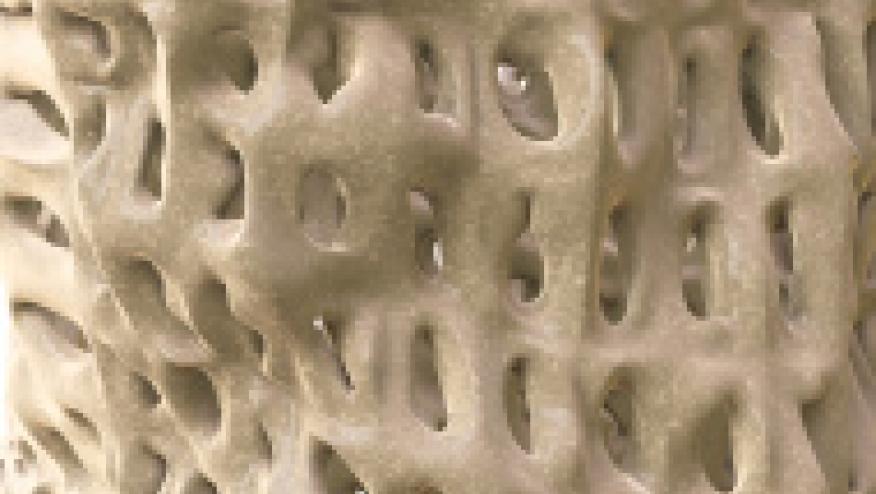Older Men Less Likely to be Assessed and Treated for Osteoporosis Save

A study from the University of Washington in Seattle find that men with osteoporosis were less likely to be assessed by dual-energy X-ray absorptiometry (DXA); vitamin D measurements and were less like to receive calcium/vitamin D and bisphosphonate prescriptions.
We compared osteoporosis case-finding, evaluation and treatment in groups of Older Men and Older Women with age alone as a significant risk for fracture and Older Men with Higher Risk (older men additionally having previous hip fracture, corticosteroid use or androgen deprivation therapy). We studied 13,704 older men and women (≥70 years old) receiving care at a Veterans Affairs medical center from January 2000 to August 2010 whose 10-year hip fracture risk was assessed by limited FRAX score.
The study included 13,704 older men and womenA a VA medical center who were assessed for 10-year hip fracture risk by FRAX score. In men aged 75-79 and ≥80 years, a 10-year hip fracture risk ≥3% was 48% and 88%, respectively.
Compared to age matched women, fewer men underwent DXA (12% vs 63%) and 25-OH D measurements (18% vs 39%), and fewer received calcium/vitamin D (20% vs 63%) and bisphosphonate (5% vs 44%) prescriptions.
Even older men with a higher fracture risk (69% to 95%) had fewere DXA screens (27%-36%), 25-OH D measurements (23%-28%), or and received fewer calcium/vitamin D (40%-50%) and bisphosphonate (13%-24%) prescriptions.
These findings underscore the need for improved evaluation and management of osteoporosis in older men, especially those at high risk for fracture.










If you are a health practitioner, you may Login/Register to comment.
Due to the nature of these comment forums, only health practitioners are allowed to comment at this time.